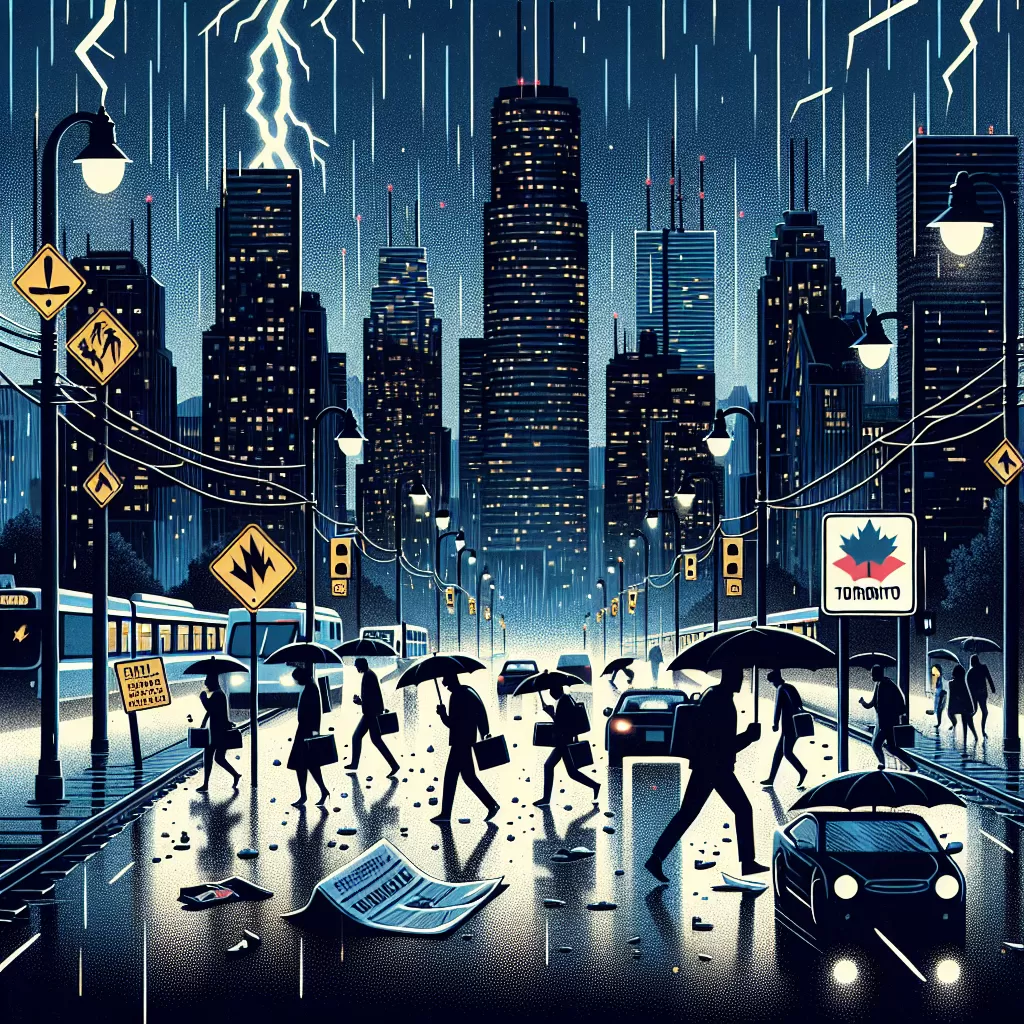Why Is Toronto So Dangerous
Follow Currency Mart April 4, 2024
Where to purchase Foreign Currencies?

Introduction
Toronto, Canada's most populous city and the fourth largest in North America, is globally renowned for its cultural diversity, robust economy, and high quality of life. However, like any city of its size, it faces its share of challenges. In this comprehensive analysis, we will delve into the factors contributing to Toronto's issues concerning safety, exploring its crime rates, social challenges, and how the city is addressing these issues.The Perception of Danger in Toronto
The perception that Toronto is a dangerous city often stems from isolated high-profile crimes and the media's focus on violent incidents. However, it's crucial to put these events into context. In Canada, Toronto's crime severity index—an official measure that includes both crime volume and severity—was 59.6 in 2019, well below the national average of 75.01.Understanding Crime Rates in Toronto
While Toronto stacks favorably against the national average, certain areas within the city do struggle with higher crime rates. Factors contributing to crime rates include income inequality, the prevalence of gangs, drug and alcohol misuse, and residential instability. Nonetheless, Toronto's crime rates are comparable or even lower than other large Canadian cities like Vancouver and Edmonton.Gentrification and Its Effect on Crime
One significant factor contributing to Toronto's safety-related issues is rapid gentrification. As wealthier individuals move into traditionally lower-income neighborhoods, tensions can rise, and the economic disparity can lead to an increase in crime. However, Toronto authorities recognize this issue and are working to implement measures to manage city growth more equitably.The Influence of Drugs and Gang-Related Violence
Toronto is also grappling with ongoing issues related to drugs and gang violence. These problems are especially prevalent in certain neighbourhoods and can contribute to the perception of Toronto as dangerous. The city is making notable efforts to mitigate these problems through a combination of law enforcement, social programs and community engagement initiatives.Police and Community Relations
In the wake of global discussions on police brutality, Toronto, like other cities, has had a spotlight shone on its policing practices. Allegations of systemic racism and tension between the police force and community complicate the safety landscape. These elements do not necessarily make the city dangerous, but they contribute to a climate of mistrust that authorities are grappling with addressing.Addressing the Issue: The Path Forward
Fortunately, Toronto has shown a proactive approach towards tackling these challenges. From increasing funding for social programs to support vulnerable populations, to law enforcement initiatives aimed at reducing gang violence and organized crime, progress is being made. Community engagement efforts are also underway to bridge gaps between the police and the communities they serve.Conclusion
Toronto, like any urban metropolis, has safety challenges. However, it is far from being categorically labelled as "dangerous." While certain issues like crime, gentrification, and police-community relations can contribute to an uneasy perception, data suggests that Toronto is relatively safe. Nevertheless, the city continues to work on improving safety for all its residents, addressing root causes of crime, and implementing strategies to foster trust and unity amongst its diverse population. By doing so, Toronto safeguards its reputation as a globally appealing, vibrant, and inclusive city, ensuring a high quality of life for its citizens and visitors alike.
Where to purchase Foreign Currencies?